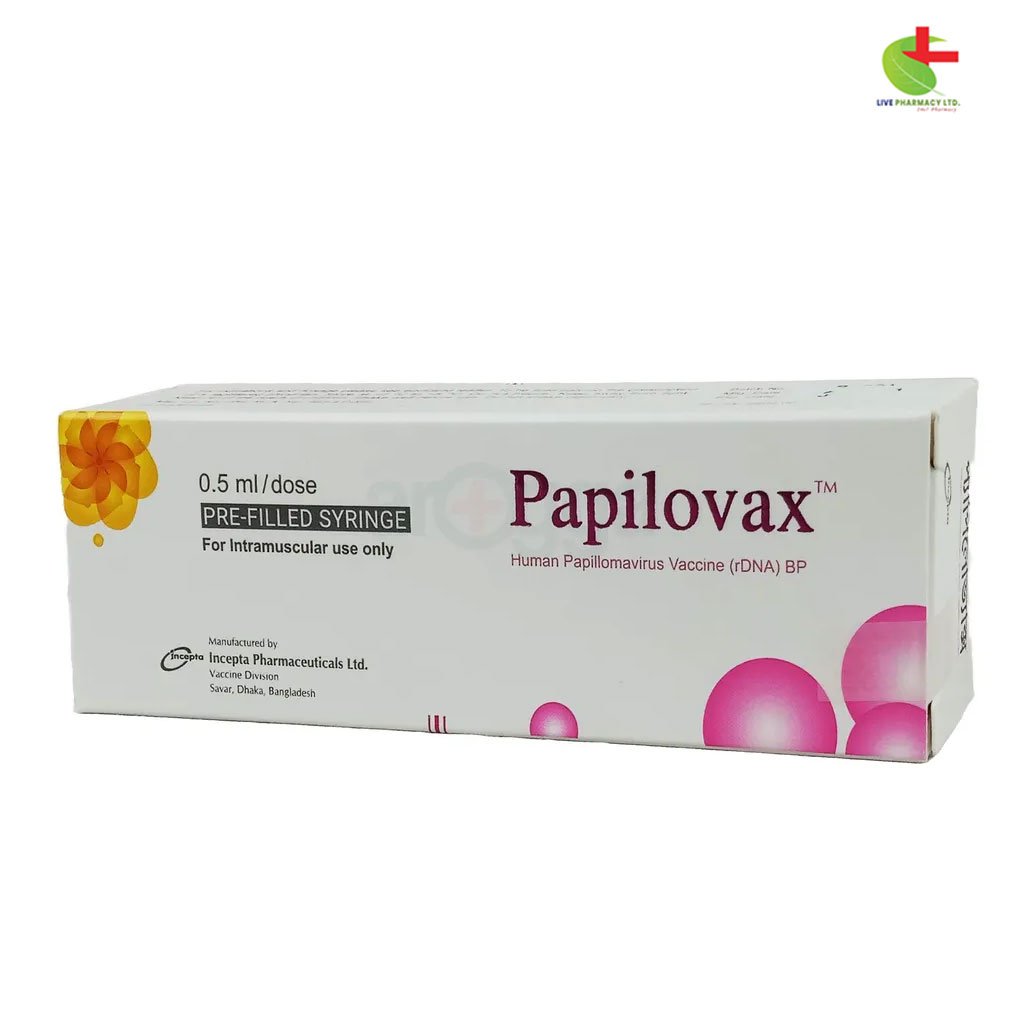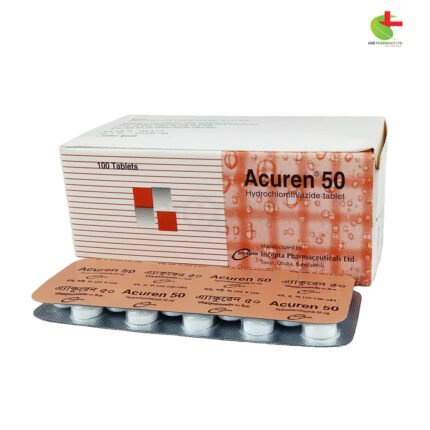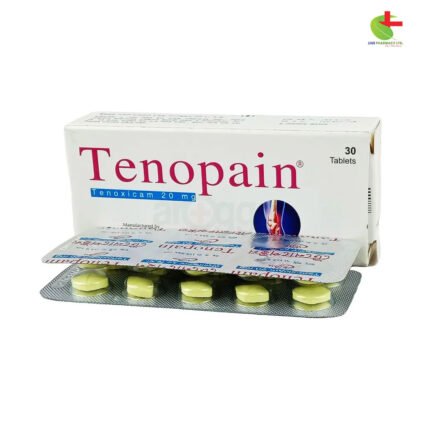Papilovax
2,500.00৳ Syringe(0.5ml)
- Papilovax is a bivalent HPV vaccine for women aged 9-45, protecting against HPV types 16 and 18.
- It helps prevent cervical cancer, cervical intraepithelial neoplasia (CIN) grades 1-3, and adenocarcinoma in situ (AIS).
- Administered in a 3-dose schedule, with two-dose flexibility for ages 9-14.
- Store at +2ºC to +8ºC; do not freeze and keep away from light.
 Brand
Brand
|
Incepta Pharmaceuticals Ltd |
|---|---|
 Generics
Generics
|
Human Papillomavirus Bivalent |
 Type
Type
|
IM Injection |
Indications
Papilovax is recommended for females aged 9 to 45, providing preventive action against diseases caused by high-risk human papillomavirus (HPV) strains, specifically types 16 and/or 18, which include:
- Cervical cancer
- Cervical intraepithelial neoplasia Grades 2 and 3 (CIN2/3), as well as adenocarcinoma in situ (AIS)
- Cervical intraepithelial neoplasia Grade 1 (CIN1) and persistent HPV infections involving types 16 and/or 18
The likelihood of HPV exposure increases with age, particularly after sexual initiation. Thus, early vaccination, ideally between ages 9 and 45, offers the best preventive benefits.
Medication should be taken only upon the advice of a registered physician.
Composition
Each 0.5 ml dose of Papilovax includes:
- Recombinant human papillomavirus type 16 L1 protein (40 µg)
- Recombinant human papillomavirus type 18 L1 protein (20 µg)
Papilovax is formulated with aluminum hydroxide-adjuvanted recombinant L1 capsid proteins from HPV types 16 and 18, assembled into virus-like particles (VLPs) and expressed via recombinant DNA technology in Escherichia coli.
Description
Papilovax is an injectable suspension provided in a prefilled syringe. Upon settling, it appears as a fine white sediment with a clear, colorless liquid layer, becoming a homogenous suspension after shaking. This vaccine contains no preservatives.
Additional Ingredients:
Aluminum hydroxide, Sodium dihydrogen phosphate, Disodium hydrogen phosphate, Sodium chloride, Polysorbate 80, and sterile water for injection.
Dosage
The recommended dosage involves three intramuscular injections of 0.5 ml each, following a schedule of 0, 1, and 6 months. For those requiring flexibility, the second dose may be given between 1 to 2 months after the first, and the third between 5 to 8 months. According to WHO guidelines, females aged 9 to 14 may opt for a two-dose schedule at 0 and 6 months (spaced by no less than 5 months).
- Administration Site: The deltoid muscle in the upper arm is preferred.
- Inspection: Before use, ensure the syringe is free from particles and abnormalities; discard if found. Shake well to ensure a uniform suspension, and use immediately after removing from refrigeration.
- Quality Check: Do not use any syringe that is cracked, unlabeled, or contains an abnormal-looking vaccine.
Use as advised by a registered physician.
Administration Co-administration:
Currently, there is no data on combining HPV vaccine with other vaccines, and it should not be mixed with others in the same syringe or vial.
- Immune Response Considerations: Treatments like immunosuppressants (e.g., irradiation, cytotoxic drugs, corticosteroids) may diminish the immune response.
- Hormonal Contraceptives: No evidence suggests that hormonal contraceptives interfere with the vaccine’s preventive effects.
- Immunocompromised Individuals: Those with suppressed immune systems may not achieve a full immune response from this vaccine. Additionally, HPV vaccine interchangeability has not been studied.
- Avoid Combinations: Mixing HPV vaccine with other medications is not permitted.
Medication should be taken only upon the advice of a registered physician.
Interactions
Medications like corticosteroids, irradiation, and cytotoxic agents may reduce the immune effectiveness of the HPV vaccine.
Contraindications
Do not administer Papilovax to individuals with known hypersensitivity to any active ingredients or excipients in the vaccine. Discontinue if hypersensitivity symptoms appear post-vaccination.
Side Effects
Papilovax is generally well-tolerated. Common reactions include pain, redness, and swelling at the injection site, with some experiencing fatigue, headaches, muscle aches, gastrointestinal symptoms, or joint pain.
- Systemic Reactions:
- Very Common: Fever (≥37.1°C)
- Common: Headache, fatigue, muscle pain, nausea, dizziness, and vomiting
- Occasional: Hypersensitivity reactions, rash, and itching
- Local Reactions:
- Very Common: Injection site pain
- Common: Itching, swelling, and redness at the injection site
- Occasional: Rash and injection site discomfort
Most side effects are mild to moderate in nature.
Pregnancy & Lactation Pregnancy:
Limited data show no adverse pregnancy outcomes in cases of unintentional vaccination. However, vaccination should be deferred for pregnant women, and it is advised to complete the vaccination after pregnancy.
Lactation: Although no specific studies have evaluated the vaccine in nursing mothers, it should be used cautiously as many substances can be excreted in breast milk.
Precautions & Warnings
HPV vaccination should not replace routine cervical cancer screenings or other preventive measures. Prior to administration, medical professionals should review the patient’s history and conduct a clinical assessment to weigh vaccination benefits and risks.
- Post-Vaccination Observation: Monitor for at least 30 minutes after injection to manage potential allergic or syncopal reactions.
- Acute Illnesses: Delay vaccination in patients with acute febrile illnesses. Mild fevers and minor respiratory infections are not absolute contraindications.
- Blood Disorders: Use with caution in patients with thrombocytopenia or clotting disorders.
- Preventive Use Only: This vaccine is for prevention, not for treatment of existing HPV lesions or other non-HPV conditions.
Therapeutic Class
Vaccines, Anti-sera, and Immunoglobulins
Storage Conditions
Store at temperatures between +2ºC to +8ºC and protect from light. Do not freeze. Discard if frozen.













Reviews
There are no reviews yet.